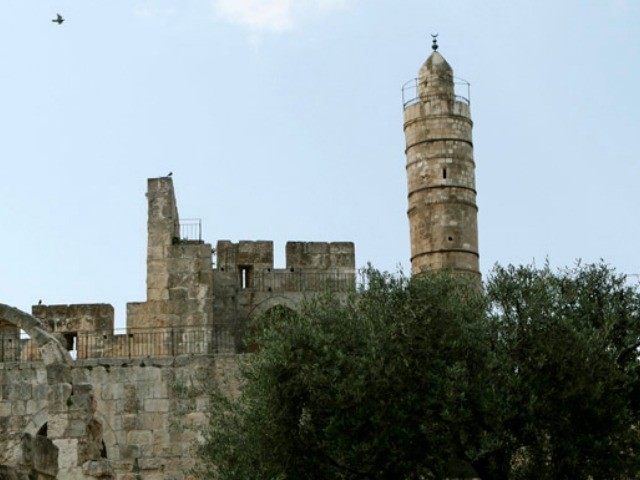Archaeologists have uncovered what they believe to be the remains of King Herod’s palace in Jerusalem, where part of the trial of Jesus is thought to have taken place.
Fifteen years ago work began to enlarge the Tower of David Museum, in the western part of Jerusalem. After years of excavation, under the floor of an abandoned building next to the museum archaeologists found what now seem to be the remnants of the Hasmonaean palace, which was Herod Antipas’ Jerusalem residence.
The archaeologists knew that the building had been used as a prison when the Ottoman Turks and then the British ruled this region, but were unaware of what lay beneath.
The museum is now offering tours that include the archaeologists’ find.
Of the four gospel writers, only Luke mentions Jesus being taken before King Herod Antipas prior to his execution. According to Luke’s account, Pilate wanted to avoid processing Jesus himself and so sent him to Herod, who was in Jerusalem at that time. Herod was delighted to see Jesus, having heard about him, and was hoping to see him perform some sign. Herod questioned him at some length, but when Jesus refused to answer, Herod and his soldiers treated him with contempt and mocked him, put an elegant robe on him, and sent him back to Pilate.
According to Amit Re’em, the Jerusalem district archaeologist, who led the excavation team more than a decade ago, the prison “is a great part of the ancient puzzle of Jerusalem and shows the history of this city in a very unique and clear way.”
Re’em says that the building has offered exciting discoveries, from symbols etched into old jail walls by prisoners from the Jewish resistance in the 1940s, to fabric-dyeing basins from the time of the Crusades, to the foundation walls and underground sewage system under the sprawling palace built by Herod the Great during the time of the Roman Empire.
This is the second major archeological discovery from biblical times in the last month. Just before Christmas, it was announced that a first-century synagogue had been uncovered in the ancient town of Magdala, home to Mary Magdalene, Jesus’ most famous female disciple, and a place where biblical accounts say that Jesus preached to the people.
“This is the first synagogue ever excavated where Jesus walked and preached,” said Father Eamon Kelly, LC, who called the discovery “hugely important” for both Jews and Christians.
The ancient synagogue was unearthed after excavations began on plots of land planned to be used to build a pilgrims’ hotel, an inter-faith chapel, a restaurant and a women’s shelter.
Follow Thomas D. Williams on Twitter @tdwilliamsrome

COMMENTS
Please let us know if you're having issues with commenting.